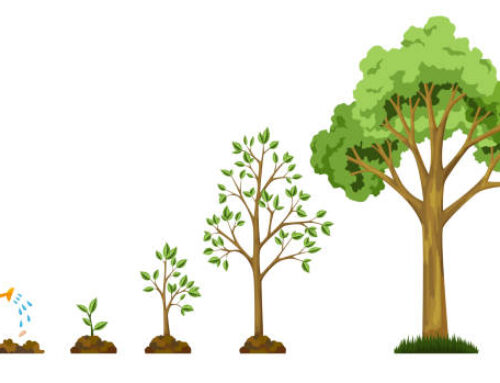Communicating Culture Remotely
Shawnee Love • March 4, 2021
In our discussion about building culture remotely, we emphasized how important communication is. Today I want to talk about what is important to communicate. In short, everything. Well maybe not everything, but everything that is important to you that is for sure.
Seriously, if you want to build culture, you have to communicate what your culture is (and isn’t), what you stand for and won’t stand for, what you are trying to achieve (vision and goals), your raison d’etre (purpose), and of course don’t forget about communicating your values. In this communication, go beyond definitions to describe how your culture should appear in practice. Talk about why you do the things you do to help employees differentiate between what is culture and what is merely accidental.
Perhaps it might be worthwhile to dig into the action of communicating a bit more in my experience it is open to interpretation.
I have seen managers print out a piece of paper, post it on a wall and consider that policy communicated. For my purposes, that does not constitute communication even if you tell your people to go read the document.
Communicating is supposed to be two way. It is a process of sharing information and then listening to ensure what was heard (or read) was the intended message and then clarifying any gaps between what was intended and understood.
Applying this principle into a workplace where people are working remotely (or within a hybrid arrangement), communicating means:
- Sharing the information thoroughly and completely using methods which enable people to understand the information,
- Responding to questions and feedback,
- Requesting and listening to your people when they summarize what they heard, and
- Clarifying if there were gaps in understanding.
When sharing information with a remote group, expect to need a variety of methods of communication including group and individual discussions, slide decks or documents, practice sessions to apply the concepts you are speaking about as well as forums or wikis and other opportunities to discuss.
This intentional communication of culture takes effort and time. When in the same workspace, communication can occur organically as your people observe culture in practice all around them. However, when working remotely and therefore not able to see and hear colleagues’ interactions, observation opportunities become fewer and farther between. That is why intentional dialogue and demonstrations about culture become so critical.
Here’s an example of how to thoroughly communicate. Let’s say you are committed to an inclusive culture. First, you have to ensure you have systems and practices which foster diversity and nurture inclusion in your organization. This may involve inclusive hiring, promoting, compensating, recognizing, training, etc.
That way, when your team looks around at all the faces on the video call and hears the ideas being shared, they see a mosaic and hear an orchestra.
During those meetings (as well as when working in their teams), you will want to ensure different ideas are sought out and welcomed, people are heard and appreciated when sharing ideas even when they are disagreeing, and contributions are valued no matter the source. Perhaps you will have built in opportunities to brainstorm where titles and tenure are ignored.
Regularly take time to talk about all these practices and how they are ways of fostering the value of inclusion which your organization lives by.
As a leader, you will also model respect and value for everyone and ensure employees feel safe and like they belong. You will be relentless at rooting out unkindness, disrespect, gossip, and any other behaviours which make people feel excluded or unsafe. Rewards, promotions, and strong performance evaluations will be reserved for people who are aligned with this core value. You will ask for and listen to feedback and thank people who provide it every chance you get. Again, you will discuss these decisions in the context of the value of inclusion.
In this fashion, your people will come to understand that your organization is inclusive no matter where they are in the world. More importantly, they will come to align their actions with the value as well.





